AWARENESS | For each other
What can we do collectively? How would we like to live?
Sustainability in our everyday lives
In everyday life, sustainability is a topic with increasing importance and impact on our lifestyle.
Sustainable food, energy-efficient living, construction and renovation, climate-friendly local transport, resource-saving shopping, clothing: In almost all areas of life, sustainability has arrived in our daily lives and in the midst of society.
%
Three quarters of all Germans consider a sustainable lifestyle to be important
%
One in two Germans mainly buys regional foods
%
One in four plans to make their lifestyle even more sustainable in the future
Sustainability starts at home
Climate protection starts at home – the combined effect of all the measures quickly makes itself noticeable: Not only in climate protection, but also in your own wallet. Energy-efficient living also means saving money.
In our overview, you will find a few tips on how you can live sustainably at home and significantly reduce your personal carbon footprint.


Set refrigerators slightly warmer
It doesn’t have to be that chilly: Many refrigerators are set far too cold. This doesn’t necessarily keep food fresh for longer – but your carbon footprint suffers: Setting it just one notch warmer can save over 5 KG of CO2 per year! By the way, the ideal temperature in the middle of your refrigerator is 6 to 7 degrees Celsius. For the freezer compartment, -18 degrees is ideal.
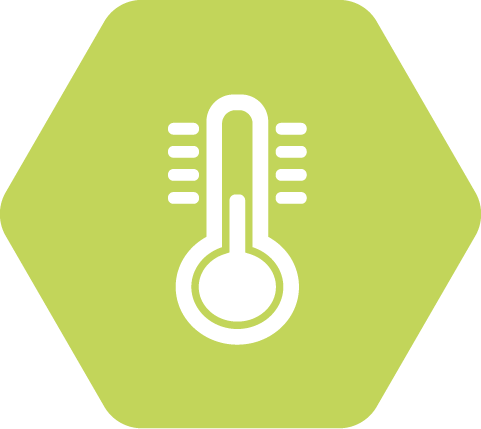
Facade and roof insulation, installation of insulating windows
A well-insulated house can save over a ton of CO2 a year – this is where you can make really big steps in your CO2 footprint! Modern thermal insulation composite systems for your exterior walls, a good roof insulation and insulated windows also often pay for themselves after just a few years. In addition to classic insulating materials such as polystyrene and glass wool, natural and recycled materials are increasingly being used, which also have very good thermal insulation properties and are also particularly environmentally friendly in terms of production and disposal.
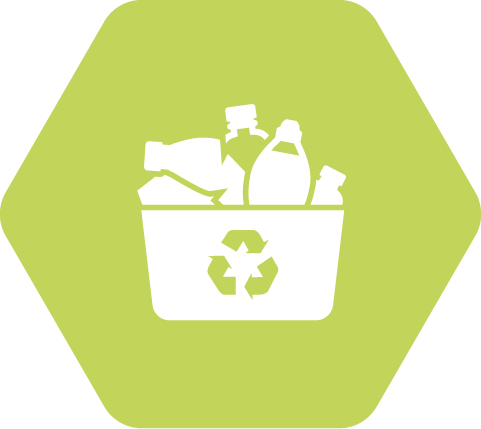
Avoid and recycle plastics
A “classic” of modern environmental orientation: plastic avoidance. As much as it is being discussed, it is often difficult to implement in everyday life. While the cloth bag is part of every good purchase, it is often much more difficult to do without plastic packaging when picking products. Even if you can leave any outer packaging in the store – it is of course better not to produce any in the first place. Modern store concepts, such as the “Unpacked” movement, start precisely here:Customers bring jars and cans and have them filled on the spot – and voilà, another packaging saved. Last but not least: Everything that enters the house in plastic goes into the recycling garbage can after use, and not into the residual waste.

LED light bulbs
Modern LED light sources require only one fifth of the power of conventional lighting technology. In addition, they are extremely durable – with a use of three hours a day, high-quality LEDs achieve a service life of about 25 years.
Although LED lamps have become much more affordable, few households still opt for efficient lighting with LEDs. Yet replacing just one 60-watt filament bulb with an LED bulb can save 16 euros per year.
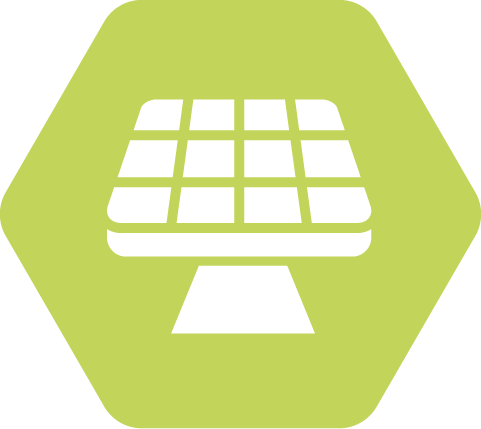
PV for power generation
Photovoltaic systems on your own roof are not only free of CO2 emissions, they also have many other advantages: they produce electricity even when there is little sunlight and enable a power supply that is independent of the local power grid. Produced electricity can be used at night and/or in bad weather by means of solar storage. In contrast to fossil and renewable fuels, there are no transport costs and emissions. They are also quiet, require little maintenance and have a relatively long service life. Are there any disadvantages? Well, there is one: If the sun doesn’t shine, there’s no electricity.
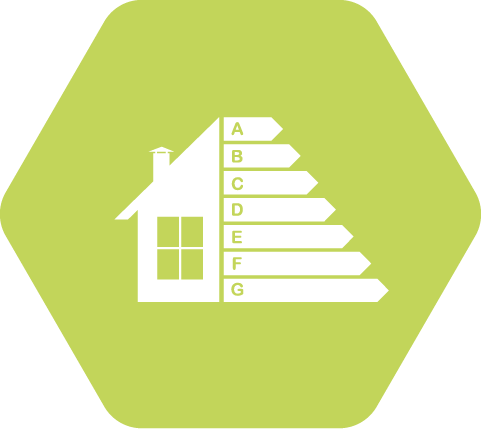
Energy-efficient devices
New electrical appliances often consume significantly less energy than their predecessors, so from an environmental point of view, a new purchase is often already worthwhile. For example, an LED TV consumes less than half the energy that an older plasma TV does. And the larger the screen, the more electricity is required during operation: With twice the screen diagonal, four times as large an area is illuminated.
By the way, since spring 2021 there are new energy labels, with a tightening of the criteria. Thus, A+++ devices may now become C-class. The reason for this: Modern appliances are now so economical in terms of electricity or water consumption that the upper efficiency classes have increasingly lost their significance.
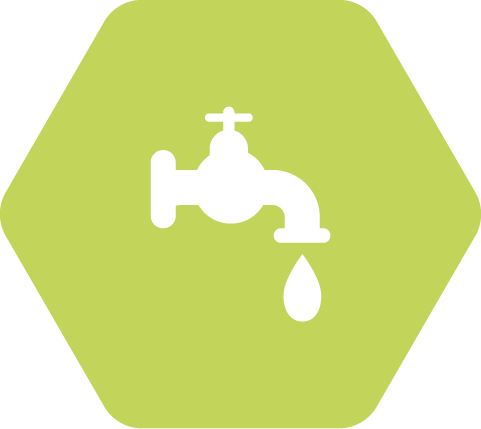
Drink tap water
Tap water is not only better than its reputation – it is also particularly climate-friendly. According to the Federal Environment Agency, drinking tap water produces less than one percent of the environmental impact of bottled mineral water. And the quality is not necessarily worse than that of mineral water – quite the opposite. And – it is also much cheaper. However, drinking water that has been in the tap for more than four hours should not be used for preparing food and beverages. Drain the water and do the “finger test”: fresh water is noticeably cooler than so-called “stagnant water”.
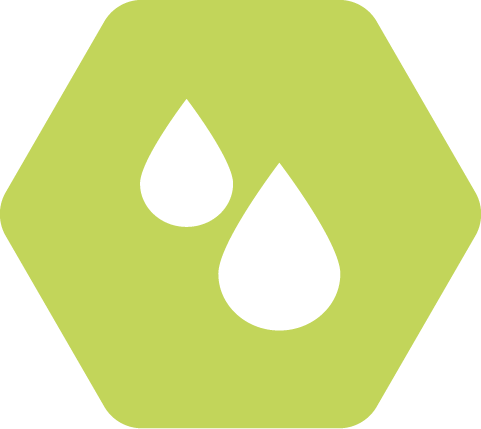
Shorten shower time
Long showers are often very relaxing – but also not particularly climate-friendly. From a hygienic point of view, a short shower is usually absolutely sufficient, and is even often more skin-friendly than long contact with soap and hot water. Three minutes with a water saving shower head, instead of nine minutes shower time, reduce the CO2 consumption of showering from approx. 9 KG to 1.5 KG. The climate is happy – you will still be fresh and clean.
Electrically on the move
Electromobility is the future of sustainable transportation development. It is currently estimated that 60-85% of charging will occur in private spaces and 15-40% in public spaces.
But up to 60% of e-drivers in cities do not have access to private parking and rely on the widespread development of charging stations.

With Ubitricity’s charging stations, electric vehicles can be charged anywhere, as soon as the vehicles are parked – whether at the roadside at the lamppost, in the underground car park at the office or at home, at the wallbox or at a free-standing bollard.
Building savings – sustainability by tradition
Home savings is a particularly sustainable building block for financing home ownership: In particular, the financing of energy-efficient new buildings and the modernization of existing properties promote the responsible use of resources. In this way, home savings customers make a significant contribution to increasing energy efficiency and reducing CO2 emissions.
Naturally, sustainably, nearby
Regional and seasonal foods
Many food and agricultural scandals in recent years have made consumers increasingly suspicious. Environmental pollution, loss of taste and quality as well as the knowledge of regular abuses in animal farming reinforce this trend.


Sand – a very special resource
About one third of the earth’s surface is covered by sand. When something is almost infinitely available, it exists ‘like sand on the seashore’: it seems as if our earth is a never-ending source of one of the most important raw materials of our civilization.
Sand is the proverbial foundation of our cities and industries, our roads and our houses. Without sand, in fact – nothing works.
